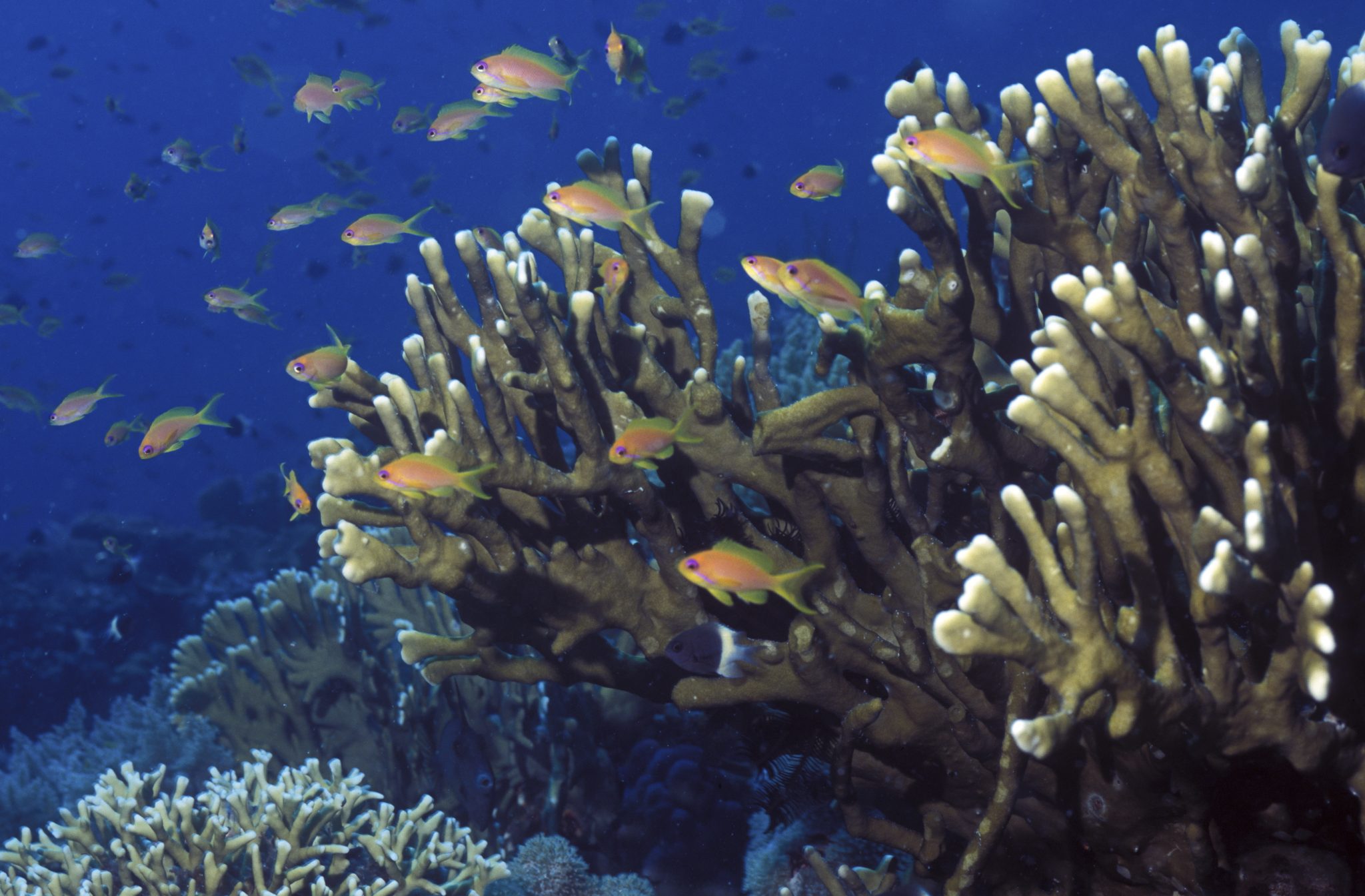Fun Divers Zanzibar is the local expert for scuba diving and the first locally owned PADI Dive Resort in Zanzibar. Our team of friendly Zanzibaris grew up in the fishing village of Nungwi. The marine reserves of Zanzibar offer a huge choice of sites to explore, and the variety of wall and reef dives suit every level of diver qualification. Read more...


Overview
Fact File
| Capital | Dodoma |
| Population | 56,300,000 |
| Languages | Arabic (in Zanzibar), Chaga, Makonde, Sukama, Nyiramba, Datooga |
| Time | GMT+3 |
| International Dialling Code | +255 |
| Currency | Tanzanian shilling (TZS) |
| Tourist Board | |
| International Airports | Julius Nyerere International Airport (DAR) |
About The Diving
Tanzania offers a captivating underwater world, making it a top diving destination. Along its coastline and surrounding islands, divers encounter vibrant coral reefs, diverse marine life, and fascinating underwater landscapes. The Zanzibar Archipelago, including popular spots like Mnemba Atoll and Mafia Island, boasts clear waters and an abundance of marine species, such as colorful reef fish, turtles, and dolphins. Mafia Island, in particular, is renowned for its excellent diving opportunities, featuring healthy coral gardens and encounters with whale sharks and manta rays. Pemba Island is another gem for experienced divers, offering challenging dives with strong currents and encounters with pelagic species. Tanzania also appeals to wreck diving enthusiasts; the Pemba Channel is home to several sunken vessels that have transformed into artificial reefs, attracting a variety of marine creatures. With its warm waters, diverse marine biodiversity, and numerous diving sites, Tanzania provides an unforgettable experience for both beginners and advanced divers.
Dive Highlights
Mnemba Atoll (Zanzibar Archipelago)
Renowned for its clear waters and diverse marine life, Mnemba Atoll is a paradise for divers. Expect encounters with dolphins, turtles, and various species of colorful fish in this vibrant underwater ecosystem.
Mafia Island Marine Park (Mafia Island)
Home to healthy coral reefs and a variety of marine species, including whale sharks, Mafia Island Marine Park offers excellent diving opportunities. Divers can explore underwater caves, walls, and stunning coral formations.
Pemba Channel
The Pemba Channel is famous for its challenging drift dives and strong currents. Divers can explore deep walls and encounter pelagic species, making it a favorite spot for experienced divers seeking thrilling underwater adventures.
Bongoyo Island Marine Reserve (Dar es Salaam)
Located near Dar es Salaam, Bongoyo Island Marine Reserve features rich marine life, including colorful corals and diverse fish species. It’s an accessible option for divers looking to explore Tanzania’s underwater beauty.
Leven Bank (Zanzibar Archipelago)
Leven Bank is a submerged pinnacle with vibrant coral formations. Divers often spot large schools of fish, sharks, and rays in the crystal-clear waters, making it a popular choice for underwater photography.
Misali Island (Pemba Island)
Misali Island is a marine conservation area teeming with marine life. Divers can explore coral gardens, encounter reef sharks, and witness the breathtaking biodiversity of this protected marine reserve.
Big Wall (Pemba Island)
As the name suggests, Big Wall features an impressive underwater wall covered in colorful corals. Divers can observe various reef fish and, if lucky, encounters with larger marine creatures such as turtles and barracudas.
Kichwani Reef (Zanzibar Archipelago)
Kichwani Reef offers a chance to explore stunning coral formations and a wide array of marine species. Divers often encounter nudibranchs, moray eels, and schools of colorful fish in this beautiful underwater landscape.
Wattabomi Reef (Mafia Island)
Wattabomi Reef is known for its unique coral structures and diverse marine life. Divers can spot reef sharks, octopuses, and various types of hard and soft corals, creating a visually captivating diving experience.
Fundu Gap (Pemba Island)
Fundu Gap is a drift dive site with strong currents, offering an adrenaline-filled experience for advanced divers. The site is frequented by pelagic species, making it an exciting spot for those seeking encounters with larger marine animals.
When To Go
The best time to go diving in Tanzania is in March, April, May, and November, and after that in February or October. During these months, the weather is relatively dry and the seas are calmer, providing excellent visibility and comfortable diving conditions. The water is clear, and you’re more likely to encounter a wide variety of marine life, including colorful coral reefs, turtles, rays, and various fish species.
Zanzibar, Mafia Island, and Pemba Island all have different dive conditions, so it’s advisable to check with local dive operators for the most current and accurate information about diving conditions in your chosen area.


